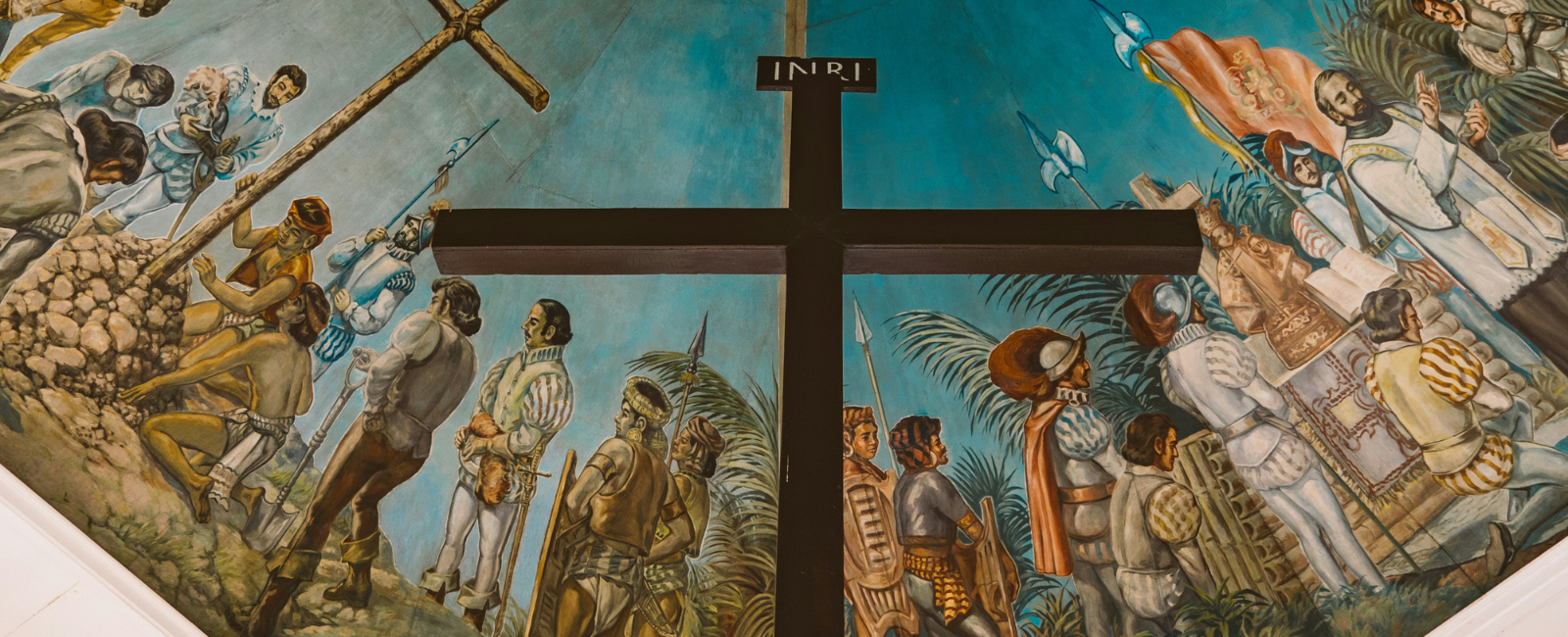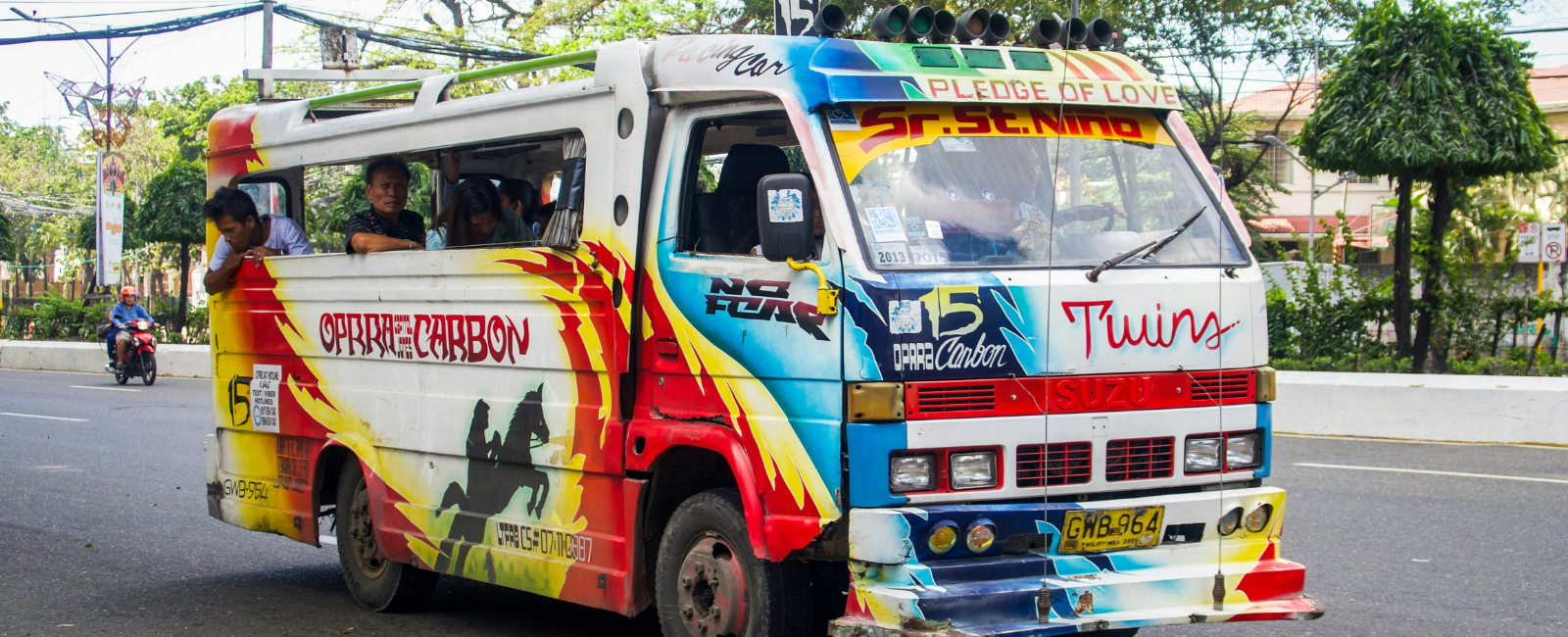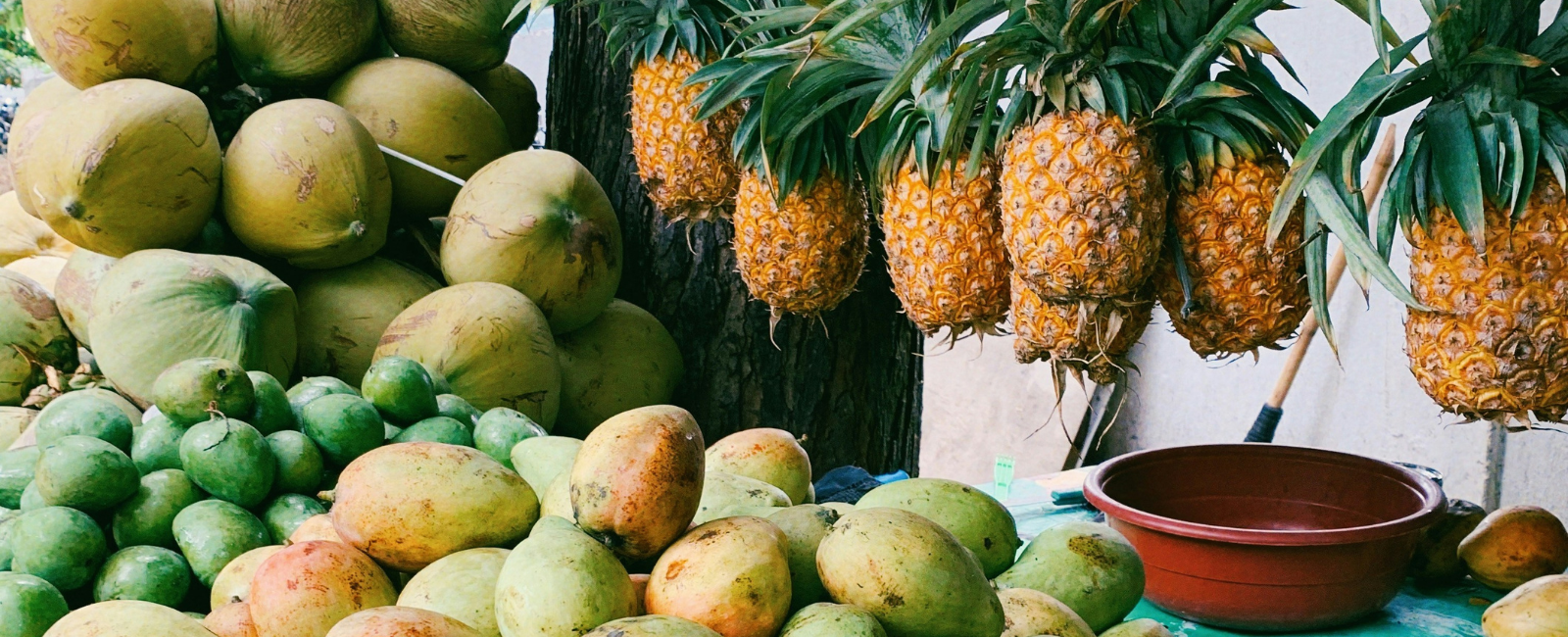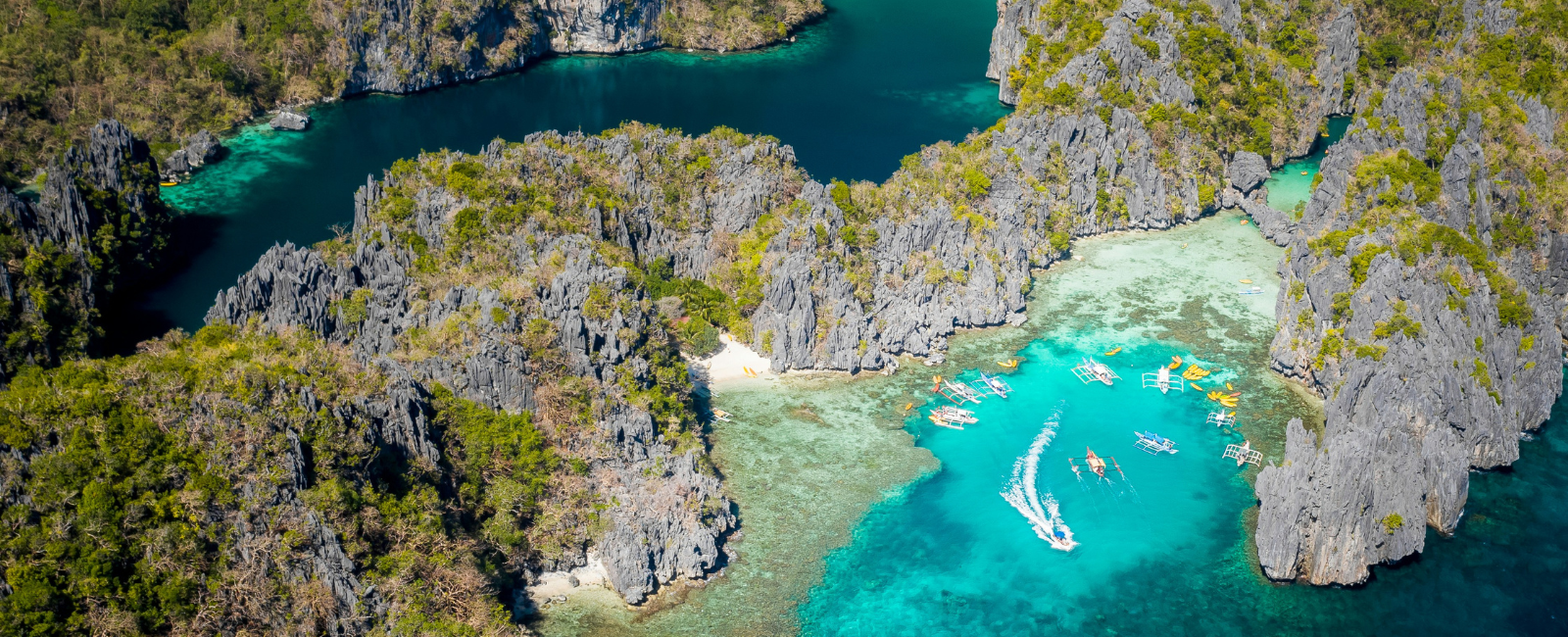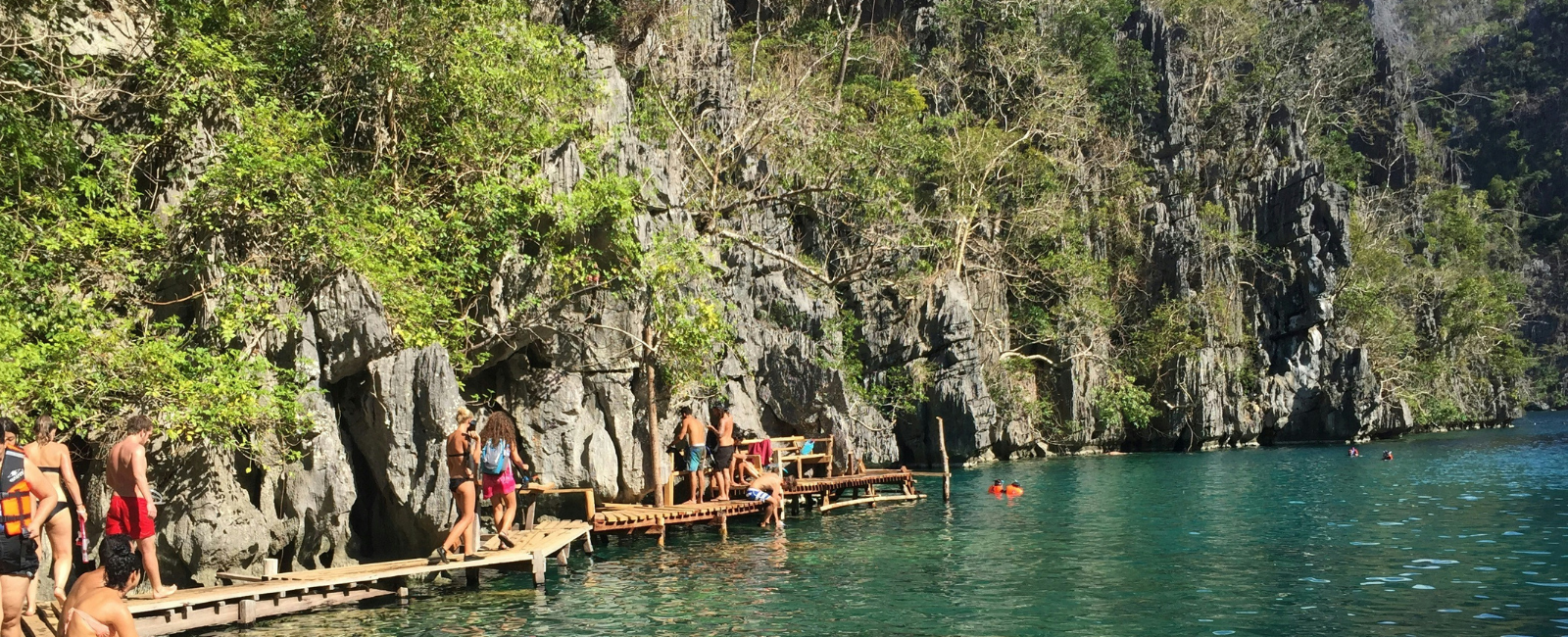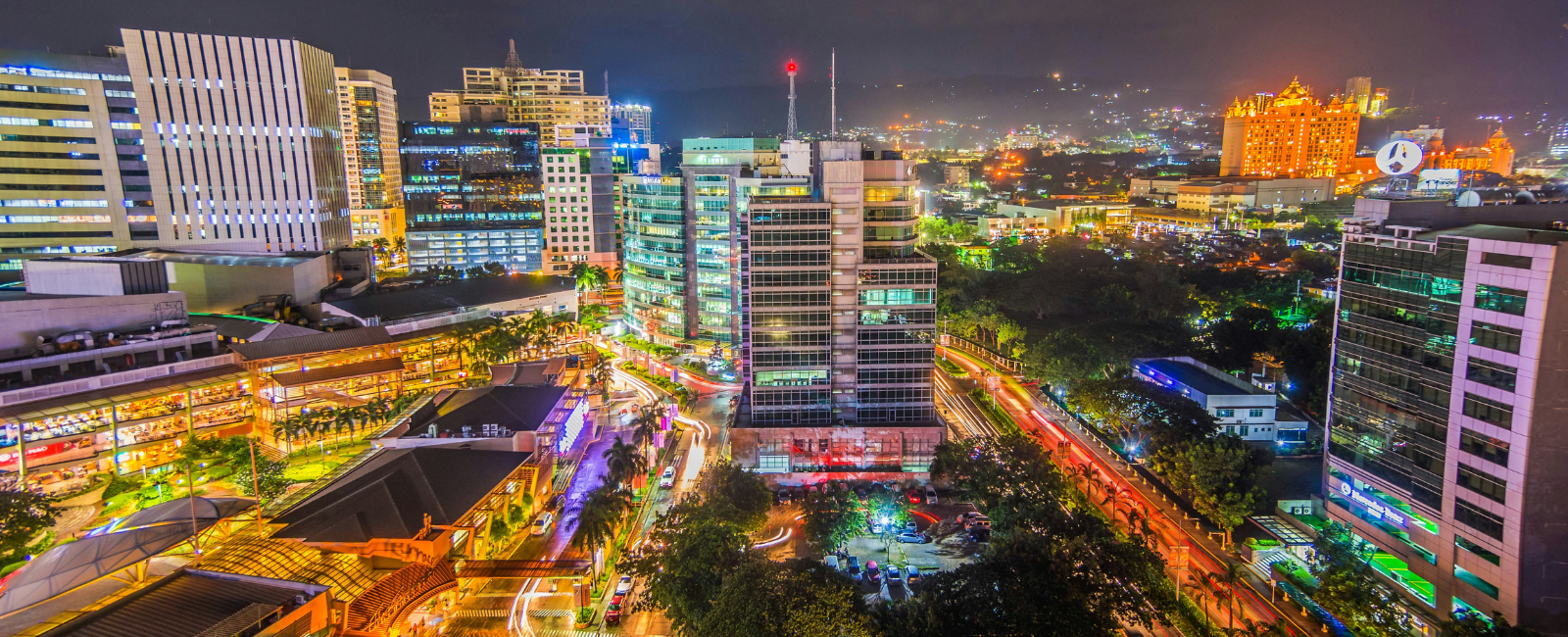
Discover your definition of island paradise in the Philippines with bustling concrete jungles, tropical greenery, and pristine beaches to explore.
Find nature dished up as fresh as it comes alongside fast-paced city-life, offering the experience of two contrasting worlds in one trip.
Are you looking for a destination full of variety? Keep reading for bucket list activities, food, and places to add to your itinerary.
Rich heritage of Cebu City
With less than a million residents, Cebu City is still a far cry from the huge conurbation of metro Manila, which has a packed population of nearly 13 million. For this reason, Cebu is perfect for anyone seeking a taste of life in the Philippines without being overwhelmed by the intensity of the national capital. Although business is booming here - Cebu is a major transport hub as well as the centre of the country's film and furniture-making industries - the city has keenly safeguarded its provincial atmosphere, making it both appealing and manageable for visitors.
As the Philippines' oldest city, Cebu takes its responsibility of preserving the country's multi-layered history seriously. A good place to start is the Heritage of Cebu Monument in the downtown area. This large public sculpture depicts key scenes from the city's past, including the battle between the Spaniard Ferdinand Magellan local hero Lapu-Lapu in 1521. Were you told in school that Magellan was the first person to circumnavigate the globe? In Cebu you'll learn that in fact Magellan was killed here by Lapu-Lapu, and only his crew completed the voyage.
Two other heritage attractions worth visiting in Cebu are the Yap Sandiego Ancestral House and the Casa Gorordo Museum. Both are housed in historic buildings that show what daily life was like in the Spanish colonial era. Casa Gorordo also includes a user-friendly exhibit on the early 20th century American administration of the Philippines and the Japanese invasion in World War II.
Spiritual passion
Cebu is home to two famous Filipino religious monuments. Magellan's Cross is a large wooden cross said to have been placed here by the first European explorers, now housed inside a rotunda-like building decorated with friezes depicting the first contact between Europeans and Filipinos.
Some people revere the cross as a miracle-working holy object, some regard it as an important historic artifact marking the arrival of Christianity in the Philippines, and others dismiss it as a complete fake. Regardless of its authenticity, the site provides an insight into the hybrid nature of Filipino Catholicism. If you pay a small amount to have candles placed around the cross, local women will dance an Indigenous prayer dance while chanting a Christian entreaty on your behalf.
More glimpses into the role of religion in Filipino life can be seen at the nearby Santo Niño church. The 16th century structure is huge, gaudily decorated and packed with religious devotees. Outside, a carnival atmosphere reigns with balloons, souvenir stalls, brightly coloured umbrellas and murals commemorating past papal visits. It is well worth visiting to help understand the passionate enthusiasm many Filipinos feel for their Catholic religion and witness the sense of celebration first-hand.
Street culture
Churches and museums are always insightful, but you can also learn a lot about the culture of a place just by walking or being driven around the streets. In Cebu, sari-sari stores line the footpaths, their eclectic wares usually surmounted by rows of stubby yellow bananas.
Concrete courts for basketball - the national obsession - are squeezed into gaps between buildings. The traffic is a stream of motor scooters, tricycles and pedi-cabs. Jeepenys - small buses made from army vehicles left behind by the Americans at the end of the war - carry improbable numbers of passengers packed side by side, with more perched on the outside, holding nonchalantly onto handrails or each other.
Food and shopping also open windows into daily life in this thriving city. While the 100-year-old Carbon Market with its photogenic displays of crafts and farm produce is a magnet for tourists, simply stopping by one of the city's modern shopping malls provides a more realistic sense of Filipino society today. Instead of piped music, these malls often feature excellent live cover bands performing songs from any time in the last 60 years. Never before will you hear 'Quando, quando' so often!
Local food
The food specialties of Cebu are the local mangoes and a lemongrass-infused roast pork dish called lechon. Staying at the Shangri-La Mactan, a lovely beachfront resort near Cebu-Mactan airport, every morning at breakfast you'll devour the sweetest, juiciest and most luscious mangoes you've ever had the privilege to encounter. During the day snack on packets of the renowned Cebu dried mangoes, purchased from the supermarket. For dinner, it is almost obligatory to visit a lechon restaurant. There are many to choose from, all claiming to be the best. The Zubuchon chain is a good option, as it serves other traditional Filipino meals as well.
You can't go past a banquet of authentic Filipino dishes (including vegetarian options) at Abaseria Restaurant. This unassuming building located in a side street is off the trodden path and you'll need help getting there - ask your hotel to book you a table and organise transport. Once there, fine dining and excellent service await you. A bonus is that the restaurant doubles as a gallery where you can browse and buy high-quality handicrafts sourced from around the island.
Coasting in Coron
A dense network of flight paths connects Cebu's international airport with cities throughout the Asia-Pacific region. It's also easy to fly from here to destinations all over the Philippines, including the spectacularly beautiful province of Palawan in the northwest of the country. You step onto a plane in the modern, urban surrounds of Cebu-Mactan airport and, 90 minutes later, step off onto a small tarmac in rural Busuanga, one of the islands in the Coron area of Palawan.
It's another world. Tethered goats graze at the side of the road. Motorbikes pass carrying entire families perched in human pyramids. Cattle paddocks are framed by vistas of distant jungle. On an isolated concrete slab in the middle of a field, schoolboys keenly contest a game of basketball while dogs and younger children look on. As you venture further west, there is more and more space, silence, and an even wilder landscape.
Stop at Busuanga Bay Lodge, a small resort at the far western tip of the island, which caters equally for marine sports and luxurious relaxation before setting off the next morning for Twin Lagoon.
Live the dream at Twin Lagoon
This beautiful spot is a lagoon composed of two water bodies, divided by striking limestone cliffs on one of the many islets in the Calamian Archipelago in Palawan.
Take the opportunity to snorkel at the wreck of the Lusong gunboat, one of many Japanese ships sunk in these waters during the war. Nature has reclaimed the shallow wreck and turned it into a thing of startling beauty. The side of the boat is now a wall of blue, orange and purple coral. Slits in the metal have become windows of light, through which brilliantly coloured fish dart to and from.
Whether you're visiting for the urban heart or at its furthest rural edge, this is a country full of human interest that leaves an indelible imprint on your imagination.


